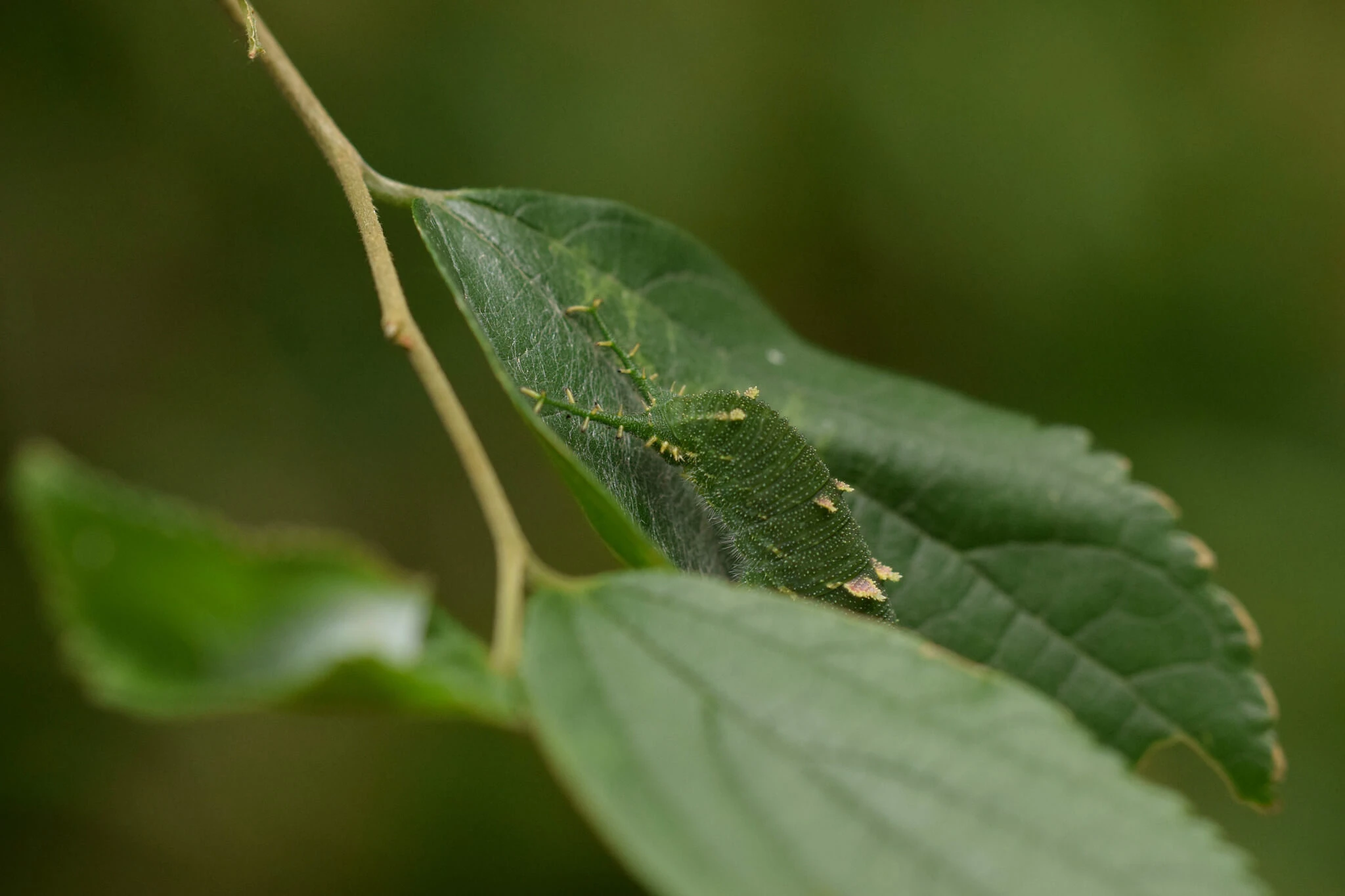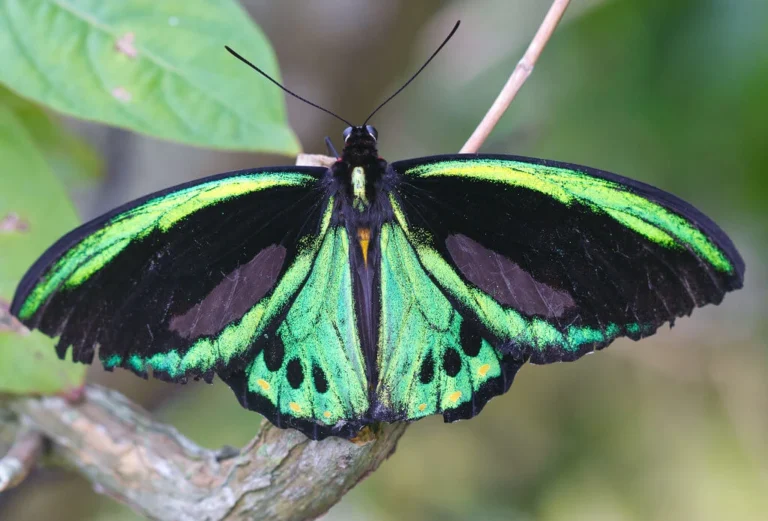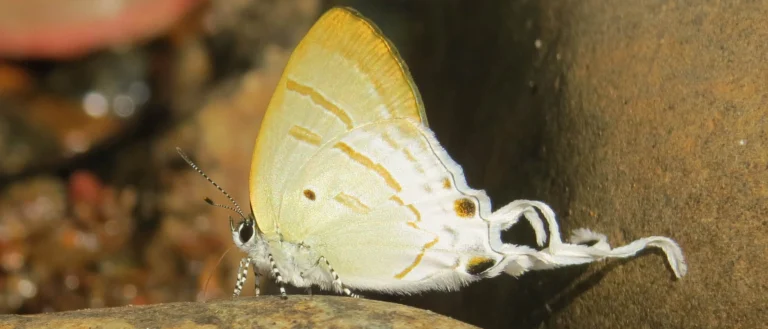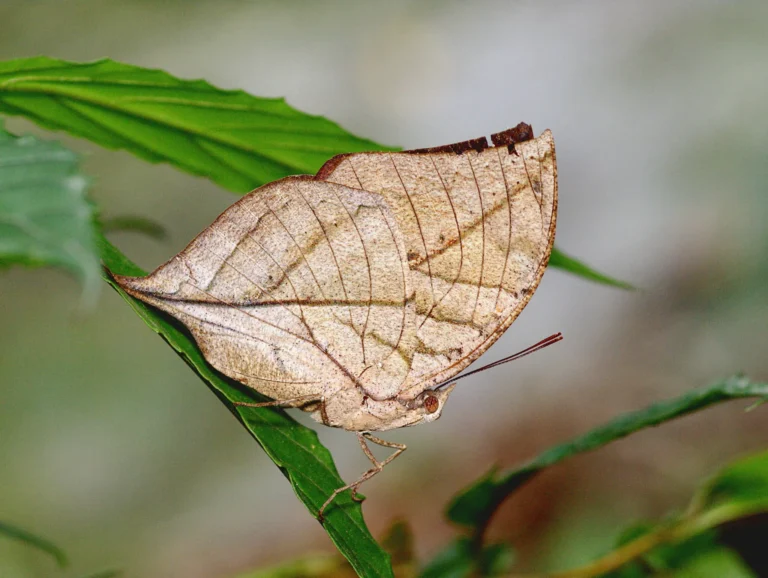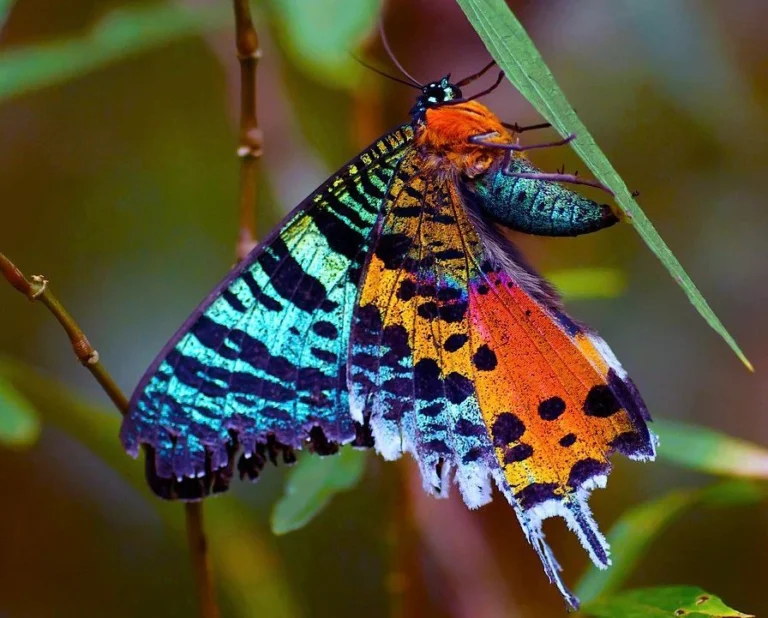Japanese Emperor Caterpillar: Exploring Its Hidden Wonders
Table of Contents
Introduction
The Japanese Emperor Caterpillar is a gem in Japan’s natural landscape. With its unique life cycle and deep ties to Japanese culture, it’s a topic of wonder and intrigue.
This article unravels the life of this caterpillar and its majestic transformation into the Japanese Emperor Butterfly. Let’s dive into its captivating world.
Physical Description
Color and Appearance
The Emperor larva is bright green. This color helps it hide among green leaves and warns other animals that it might be harmful.
Size
This green larva is notably larger than many of its peers. When you see one, its size is striking compared to other common caterpillars. This bigger size not only makes it more visible but might also discourage some animals from trying to eat it.
Distinctive Features
It has unique patterns and marks on its body. These designs help it stand out and can send different messages to other creatures.
Wingspan (for the Butterfly)
When it transforms into the Japanese Emperor Butterfly, it sports an impressive wingspan that can reach up to 50 millimeters. This sizable wingspan sets it apart, making it one of the larger butterflies commonly found in its habitats.
Life Cycle and Metamorphosis
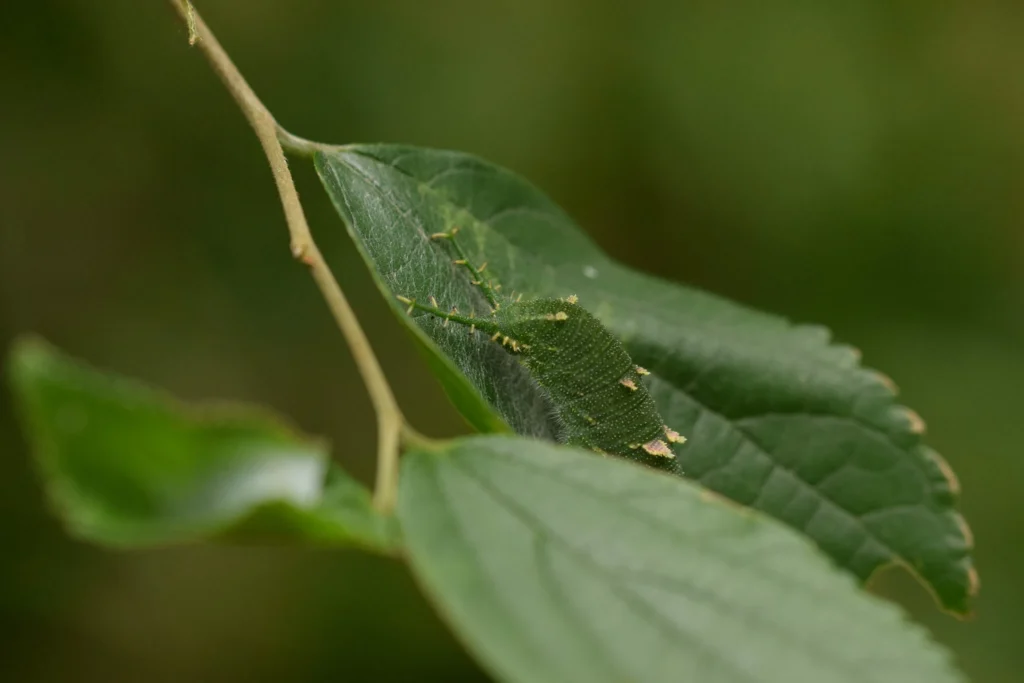
From Egg to Caterpillar
The journey of the Japanese Emperor begins as a tiny egg. Laid on the underside of leaves, these eggs soon hatch, revealing hungry caterpillars eager to feed and grow.
The Caterpillar Stage
During this phase, the Japanese Emperor Caterpillar is on a mission: eat as much as it can. By munching on leaves, it gathers the energy and nutrients it needs. As it grows, it sheds its skin multiple times, a process known as molting.
Transformation into a Pupa
After reaching its maximum size, the caterpillar prepares for a significant change. It finds a safe spot and forms a protective casing around itself, known as a chrysalis. Inside this, a remarkable transformation occurs.
Emergence as the Japanese Emperor Butterfly
Finally, from the chrysalis emerges a new creature: the Japanese Emperor Butterfly. With vibrant wings and a newfound ability to fly, it’s ready to start the next chapter of its life.
Japanese Emperor Caterpillar Facts
Appearance and Features
The Sasakia Charonda Caterpillar stands out with its vibrant green hue. Its body showcases detailed patterns and textures that make it unique among caterpillars. Due to its larger size, it’s one of the most noticeable caterpillars you might come across.
Habitat and Environment
The Emperor larva prefers the dense foliage of woodlands and grasslands. These environments offer them a variety of plants to munch on. While they primarily thrive in Japan, occasionally they might be found in areas neighboring Japan.
Diet and Behavior
These caterpillars are herbivores, feeding primarily on the leaves of specific plants. They often move from leaf to leaf, consuming them to gather energy for their upcoming transformation. Their behavior includes periods of active feeding and resting, usually dictated by the day’s cycle.
Role in the Ecosystem
This caterpillar contributes to the ecosystem by consuming older leaves, promoting new growth. By doing so, they play a part in the plant’s life cycle, ensuring the health of their habitat and preparing themselves for metamorphosis.
Is the Japanese Emperor Caterpillar Poisonous?
Toxicity and Defense Mechanisms
The bright green color of this caterpillar serves a purpose. While it isn’t deadly to humans, it contains chemicals that deter predators.
When threatened, it can release a bitter-tasting liquid that makes predators think twice before eating it.
Effects on Humans and Pets
If people touch the caterpillar, they might experience mild skin irritations, but severe reactions are rare. If household pets, like cats and dogs, eat these caterpillars, they might drool or have mild stomach upsets.
However, these caterpillars usually don’t pose serious health threats to pets.
Historical and Cultural References
Local folklore and stories in Japan mention the caterpillar’s ability to defend itself. People respect it for this defense mechanism and see it as a symbol of resilience in some cultural tales.
Common Names
Names in Japan
In its native homeland, people commonly refer to the Japanese Emperor Caterpillar as “Kōtei no kemushi.” Similarly, its butterfly form goes by the name “Kōtei-cho.”
International Recognition
Outside of Japan, this species often gets the name “Japanese Emperor or Great Emperor,” both for its caterpillar and butterfly stages. The names emphasize its regal appearance and its origin.
Origins and Meanings
The term “Kōtei” translates to “Emperor” in English, which is a testament to its majestic and dominant presence in its habitat. Associating it with royalty underlines its significance in the ecosystem and its striking appearance.
Diet and Feeding Habits
Leaf Munchers
The primary food of the Japanese Emperor Caterpillar is leaves. With a voracious appetite, they consume various types of leaves to fuel their rapid growth. Their choice of leaves often depends on their immediate environment, but some have distinct preferences.
Adult Butterfly Diet
After the transformation, the Japanese Emperor Butterfly’s diet shifted from leaves to nectar. Using its long proboscis, it sips nectar from flowers, providing it with the essential sugars and nutrients it needs.
Role in Plant Health
Even though they eat a lot of leaves, these caterpillars also help keep plants healthy. By consuming older or weaker leaves, they often promote new growth in plants, ensuring a balance in their ecosystem.
Predators and Threats
Natural Enemies
The Japanese Emperor Caterpillar, despite its defenses, isn’t free from threats. Birds, certain types of insects, and spiders often target these caterpillars. Their bright green appearance, while a deterrent to some, serves as an invitation to these predators.
Defense Mechanisms
When faced with a threat, the caterpillar employs several tactics. It might remain still, relying on its camouflage, or, as previously mentioned, release a bitter-tasting liquid. The caterpillar’s larger size also acts as a natural deterrent for smaller predators.
Human-Induced Threats
While nature has its set of challenges, humans introduce additional threats. Pesticides, habitat destruction, and pollution are detrimental to the survival of the Japanese Emperor Caterpillar. Conservation efforts are paramount to ensure their continued existence.
Cultural and Symbolic Significance in Japan
A Symbol in Folklore
Many Japanese stories and tales mention the Sasakia Charonda Caterpillar and Butterfly. People see them as signs of change and new starts because they turn from caterpillars into big purple butterflies.
Artistic Depictions
Artists in Japan love to paint and draw these creatures. Their bright colors and patterns inspire beautiful artwork. You can find them in traditional paintings and prints.
Modern Day References
Today, you can still find the Japanese Emperor in books, TV shows, and movies. They remind us to respect nature and its creatures.
Special and Traditional Uses
In some parts of Japan, people use the caterpillar and butterfly in special ceremonies. They stand for growth, change, and the circle of life.
Final Thoughts
The Japanese Emperor Caterpillar is a special insect. From eating leaves to becoming a beautiful butterfly, it shows us how amazing nature can be. This caterpillar and butterfly are important in Japan for many reasons.
They help plants grow, are part of many stories, and even inspire artists. We should take care of them and make sure they stay around for a long time. By knowing more about them, we can help protect them and enjoy their beauty.


